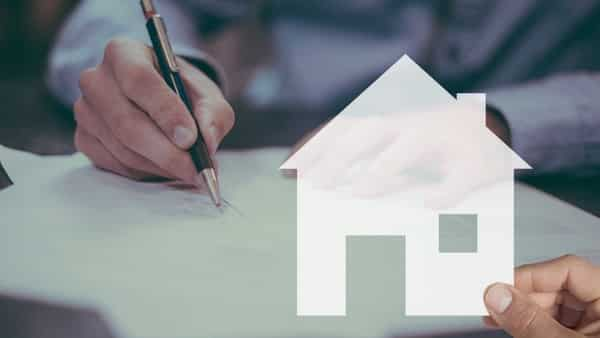An overdraft facility on a home loan allows borrowers to deposit funds in addition to monthly loan repayments into their accounts and allows them to withdraw money from accounts when needed.
The lender opens an account in your name with an overdraft limit often equal to the outstanding balance of the home loan. You can repay the loan by transferring money to your account.
Any additional deposits you make beyond the pre-determined monthly amount NDE are considered as deposits. The extra money will instantly reduce the principal and interest balance of the loan.
This account allows up to a certain amount of withdrawals which must be repaid with interest.
How does this setup work?
Your lender will link your home loan account to your current account or savings bank account when you apply for a mortgage overdraft facility. You are free to make additional deposits to this account as you see fit.
After subtracting the EMI payment, the extra money you deposited is considered a prepayment of your mortgage. The amount of principal outstanding is used to determine the amount of interest payable. Moreover, you have the choice to withdraw this additional money if necessary.
Therefore, this facility reduces the overall loan obligation, with interest being paid only on the outstanding loan balance. The ability to withdraw the extra money as you need it is what makes this facility special. The amount you withdraw is added back to the actual principal amount, which was used as the basis for calculating interest.
The lender can use the withdrawn funds as they see fit, and the facility can be used even after the loan has been repaid. You should know that the amount of money you can withdraw using this feature is limited.
Some lenders may cap the amount at 25% of the total loan amount, but this may vary from bank to bank.
What are the benefits of a mortgage overdraft facility?
Overdrafts are extremely liquid. You are allowed to withdraw money from your account up to a certain limit, and the bank will allow you to do so as often as it suits you. Having this flexibility is advantageous in times of financial difficulty.
This option is available to borrowers who wish to increase their EMIs in response to increased income. Your total outstanding principal and interest will decrease due to the additional funds you deposit into your account. This method of accelerating home loan repayments is a great approach to paying down long-term debt quickly.
The penalty for prepaid amounts can be avoided with an overdrawn home loan.
Are there any disadvantages?
The biggest downside of overdraft loans is that they don’t help those in need to save money. Those who are unable to maintain their current financial situation are more likely to default on this type of loan.
If they don’t have enough cash on hand, it may be difficult for them to repay the full amount at once. This indicates that it will be expensive in the long run if you use the overdraft option for your usual charges.
Because of their ability to be used when needed, overdrawn home loans often entice consumers to take them out. However, the cost of this gain can sometimes be much higher. The interest rate on these loans are relatively high. They are generally more expensive than a traditional mortgage.
Ultimately, a home loan overdraft option has its own pros and cons. It is crucial to carefully weigh the costs and benefits before deciding to go with one. Research will allow you to decide whether a standard home loan or one with overdraft capability is best for you.
If you take out a home loan, never fail to do extensive research before giving your final green light.
First publication: December 19, 2022, 08:13 STI
